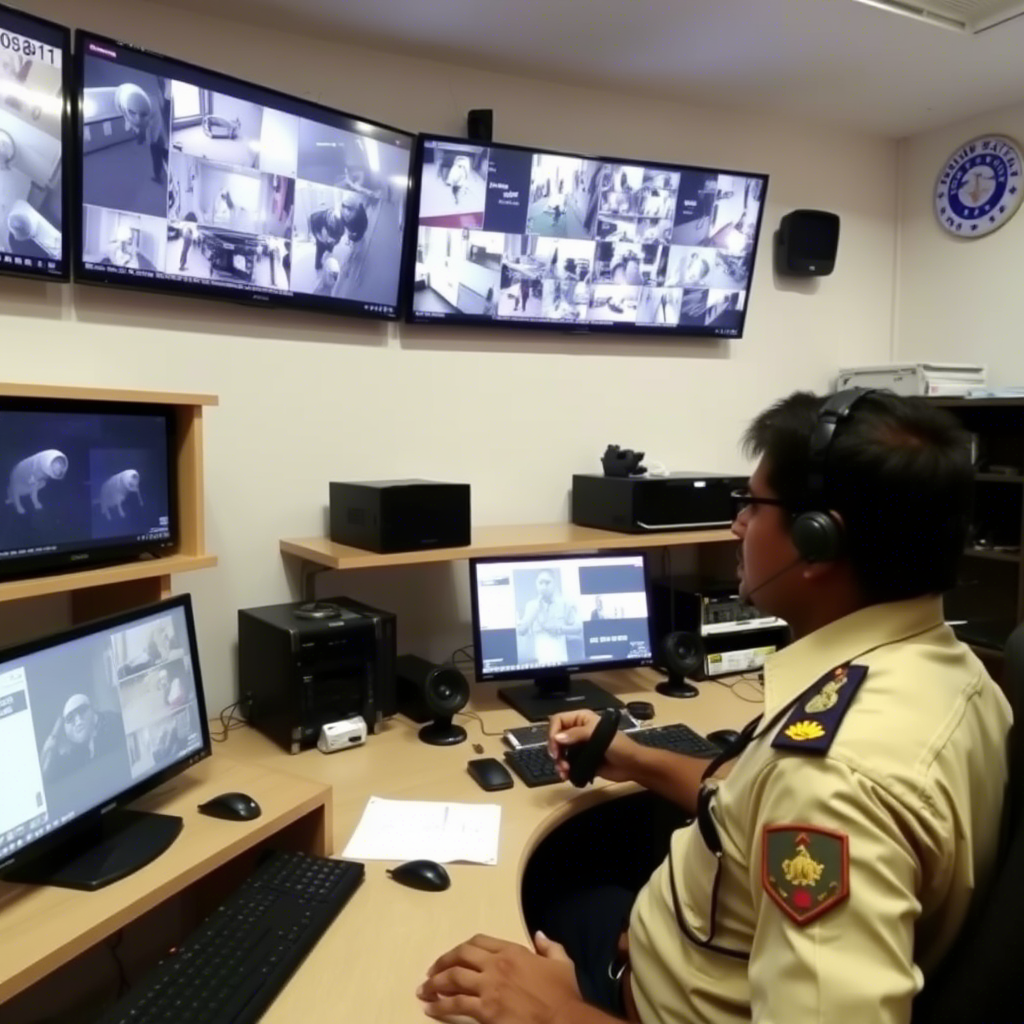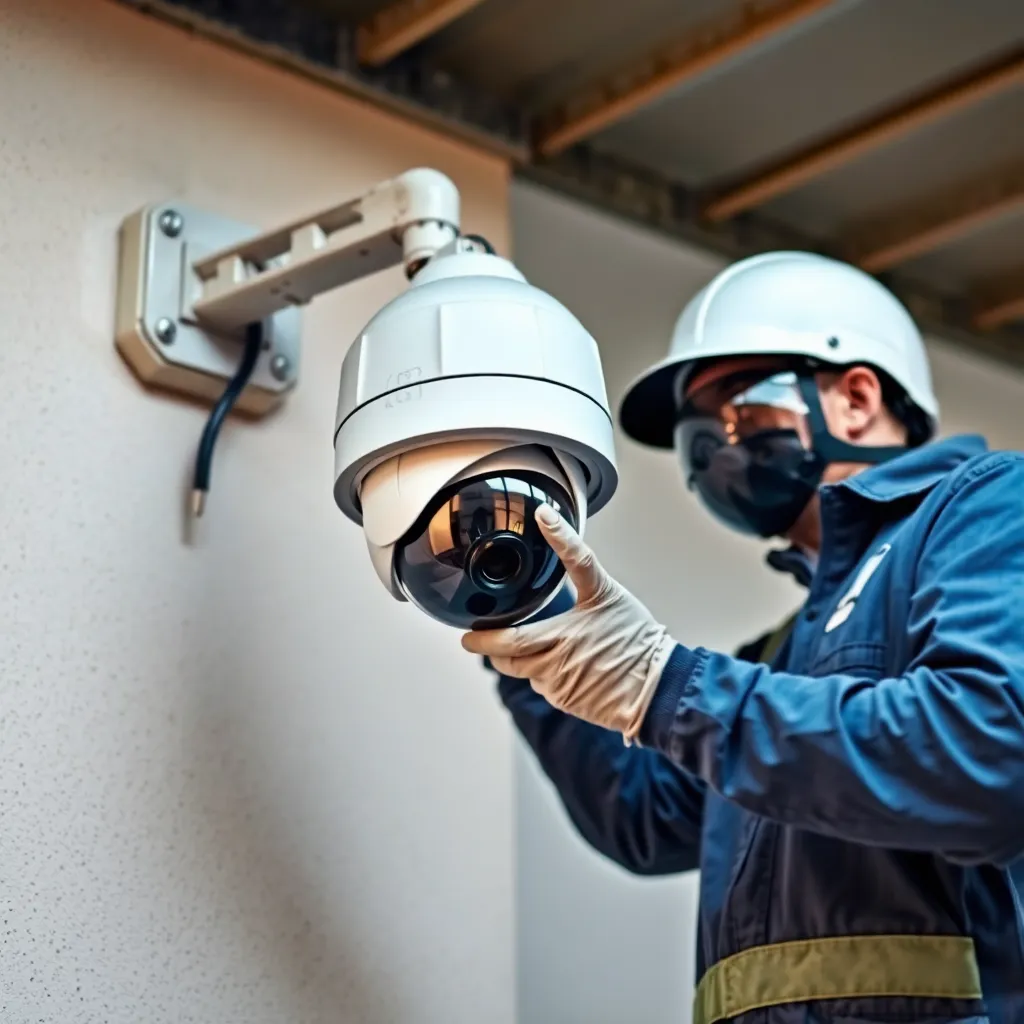# Unveiling the Types of Mischief: How CCTV Footage Can Help in the New Legal Landscape
## Introduction
The Bharatiya Nyaya Samhita (BNS) has brought about significant changes to various legal provisions, including the laws related to mischief. With the introduction of new sections and amendments, understanding the different types of mischief and their implications is essential for citizens and businesses alike. This article aims to shed light on these mischief-related offenses and explore how CCTV cameras can play a crucial role in capturing and providing evidence for such incidents.
## Understanding Mischief and Its Types
Mischief, as defined in the BNS, refers to causing loss or damage to someone’s property, either intentionally or with knowledge that such an act is likely to cause harm. The severity of the punishment for mischief depends on various factors, including the value of the damage, the nature of the property, and the intent behind the act. Let’s delve into the different types of mischief and their corresponding penalties:
### 1. General Mischief (Section 324 BNS)
This section covers acts of mischief that do not fall under the specific categories mentioned below. If a person commits mischief and causes loss or damage to any property, they may face imprisonment of up to 6 months or a fine, or both.
**CCTV Application:** Imagine a scenario where a disgruntled employee intentionally damages a company’s printer, causing it to malfunction. CCTV cameras installed in the office can capture this act, providing valuable evidence for the employer to take legal action under Section 324 BNS.
### 2. Mischief Affecting Government or Local Authority Property (Section 324(3) BNS)
The BNS imposes stricter penalties when the mischief involves property belonging to the government or a local authority. If a person causes loss or damage to such property, they may be punished with imprisonment of up to 1 year or a fine, or both.
**Housing Colony Scenario:** Consider a housing society where CCTV cameras are installed in common areas. If an individual vandalizes the society’s notice board, which is considered local authority property, the recorded footage can be used to identify the perpetrator and initiate legal proceedings under Section 324(3) BNS.
### 3. Quantified Loss or Damage (Sections 324(4) and 324(5) BNS)
The BNS further categorizes mischief based on the monetary value of the loss or damage caused. If the amount is ₹20,000 or more but less than ₹1 lakh, the offender may face imprisonment of up to 2 years or a fine, or both (Section 324(4) BNS). For damage amounting to ₹1 lakh or more, the punishment can be imprisonment of up to 5 years or a fine, or both (Section 324(5) BNS).
**Road Rage Incident:** In a road rage incident, an angry driver might intentionally damage another car’s windshield. If the cost of repairs exceeds ₹1 lakh, the victim can use CCTV footage from nearby traffic cameras or street surveillance to pursue legal action under Section 324(5) BNS.
### 4. Mischief with Serious Intent (Section 324(6) BNS)
This section addresses mischief committed with the intent to cause death, hurt, wrongful restraint, or fear of the above. The punishment for such an offense is imprisonment of up to 5 years and a fine.
**Office Dispute:** In a corporate setting, a disgruntled employee might tamper with a colleague’s computer, intending to cause harm. If the CCTV cameras in the office capture this act, it can serve as crucial evidence for prosecution under Section 324(6) BNS.
## The Role of CCTV Footage in Mischief Cases
CCTV cameras have become an invaluable tool in the legal process, providing visual evidence of various offenses, including mischief. Here’s how CCTV footage can assist in each of the above scenarios:
– **Identifying Perpetrators:** Clear CCTV footage can help identify the individuals involved in mischief, especially in public spaces or residential areas.
– **Establishing Intent:** In cases where intent is a crucial factor, such as Section 324(6) BNS, CCTV recordings can provide insights into the offender’s actions and motives.
– **Quantifying Damage:** For offenses related to the value of damage, CCTV evidence can visually document the extent of the loss, aiding in the assessment of penalties.
– **Timely Reporting:** CCTV systems enable prompt reporting of mischief incidents, allowing for swift legal action and potentially deterring future offenses.
The BNS’s comprehensive approach to mischief offenses ensures that justice is served based on the severity and intent of the act. With the integration of CCTV technology, capturing and addressing these incidents has become more efficient. Whether it’s a residential society, a busy road, or an office environment, CCTV cameras serve as silent witnesses, deterring mischief and providing crucial evidence when needed.
Stay informed and ensure your surroundings are well-monitored to protect your property and contribute to a safer community.





